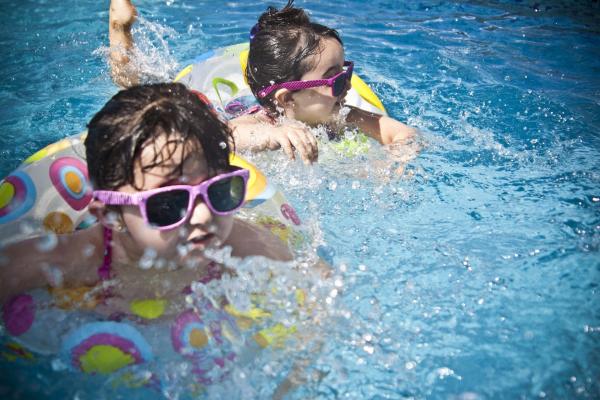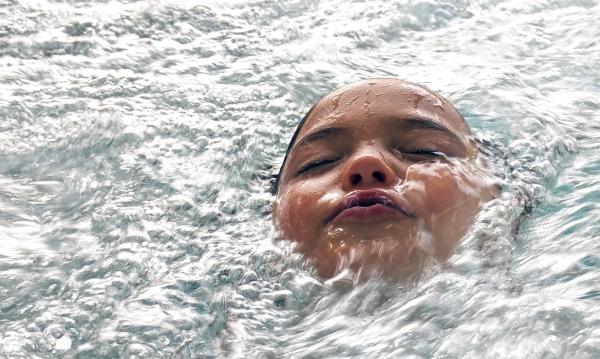Paramedics have raised the alarm after a spate of near drownings across Queensland overshadowed the start of summer.
During December alone, Queensland Ambulance Service (QAS) responded to 82 near drownings, with 16 of these close calls occurring on the Sunshine Coast region and two in the Wide Bay.
Concerningly, almost half of these patients have been under the age of 12.
QAS Acting Director Lachlan Parker said this number was an alarming increase in near-drowning incidents compared to previous years.
“The statistics are very clear that the vast majority of these drownings or near-drownings occur in backyard pools,“ he said.
“For toddlers or young children from 0 to 4, near-drowning is one of the highest leading causes of death in that age group.
“So whilst we see drownings in a variety of places around Queensland such as dams or in creeks, the real concerning one is definitely the backyard pool.“
High Acuity Response Unit Paramedic Natasha Adams said the number of cases they were attending was quite worrying.
“We attend these cases quite often and it can be really devastating for us and really devastating for the families,“ she said.
“This isn’t the news that you want to give to anyone, that someone may be severely injured or pass away from drowning.
“I actually have three children under the age of 12 and I recently returned from a beach holiday and I spent a lot of my time supervising my children directly because I know of the dangers that come with being around the water and what we need to do to protect our children.“
Natasha said it was important not to substitute anything for supervision.
“Over the last couple of days there has been several children that have been pulled out of pools that have required CPR by bystanders and by QAS,“ she said.
“This is really important to understand that drowning can happen suddenly and it can happen silently and can have devastating consequences for these children and adults.
“We need to be making sure that our pool gates are closed, and that our children are well supervised.“
Natasha said one of the most important things to do was to be up to date with CPR.
“That can save lives. That early bystander CPR of high quality can give them the best chance at a good survival.“








